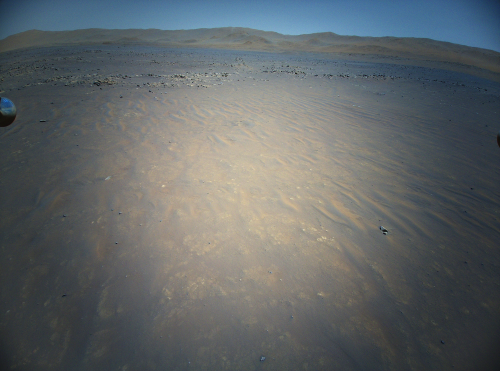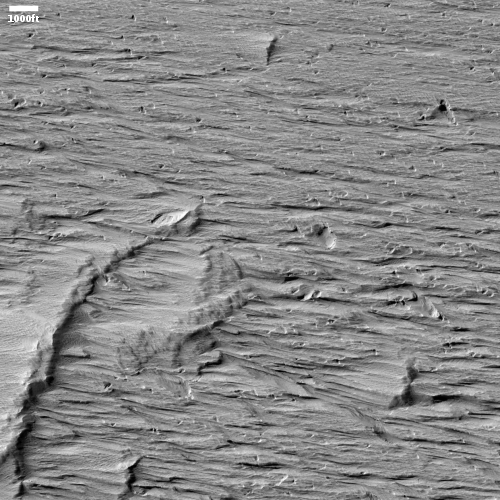Astronauts successfully complete spacewalk, replace broken antenna
After a two day delay caused by the danger of impact from debris from the Russian anti-sat test, two astronauts today successfully completed a six-hour-plus spacewalk to replace a malfunctioning antenna on ISS.
NASA astronauts Thomas Marshburn and Kayla Barron concluded the first Expedition 66 spacewalk at 12:47 p.m. EST, after 6 hours and 32 minutes. Marshburn and Barron successfully installed an S-band Antenna Subassembly (SASA) on the Port-1 truss structure and stowed the failed antenna. Additionally, the pair completed get-ahead tasks on the Port-4 truss structure, including resetting the torque on a set of bolts.
This was the fifth spacewalk for Marshburn, the first for Barron, and the 13th spacewalk at the International Space Station this year. Marshburn has now spent a total of 31 hours and one minute spacewalking, and Barron’s spacewalking time is now 6 hours and 32 minutes. Space station crew members have now spent a total of 64 days, 12 hours, and 26 minutes working outside the station conducting 245 spacewalks in support of assembly and maintenance of the orbiting laboratory.
It is unclear if any debris that canceled the spacewalk earlier in the week ever came close to the station. It is just as likely that NASA was overly cautious.
After a two day delay caused by the danger of impact from debris from the Russian anti-sat test, two astronauts today successfully completed a six-hour-plus spacewalk to replace a malfunctioning antenna on ISS.
NASA astronauts Thomas Marshburn and Kayla Barron concluded the first Expedition 66 spacewalk at 12:47 p.m. EST, after 6 hours and 32 minutes. Marshburn and Barron successfully installed an S-band Antenna Subassembly (SASA) on the Port-1 truss structure and stowed the failed antenna. Additionally, the pair completed get-ahead tasks on the Port-4 truss structure, including resetting the torque on a set of bolts.
This was the fifth spacewalk for Marshburn, the first for Barron, and the 13th spacewalk at the International Space Station this year. Marshburn has now spent a total of 31 hours and one minute spacewalking, and Barron’s spacewalking time is now 6 hours and 32 minutes. Space station crew members have now spent a total of 64 days, 12 hours, and 26 minutes working outside the station conducting 245 spacewalks in support of assembly and maintenance of the orbiting laboratory.
It is unclear if any debris that canceled the spacewalk earlier in the week ever came close to the station. It is just as likely that NASA was overly cautious.







